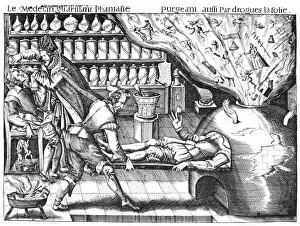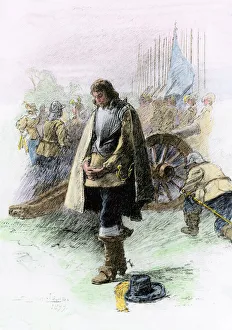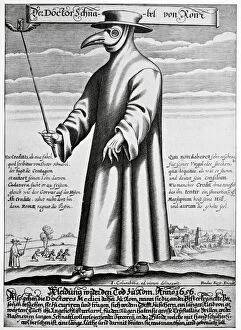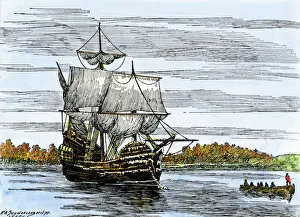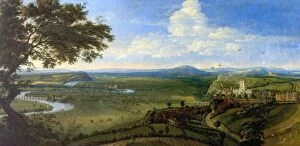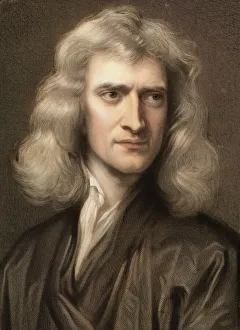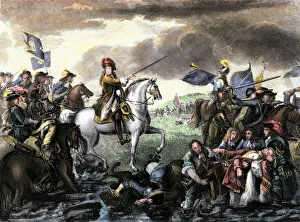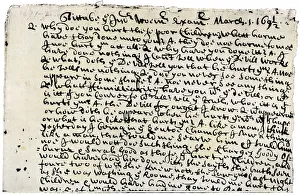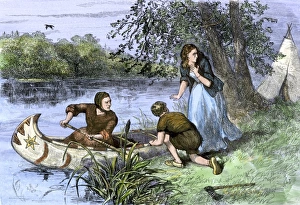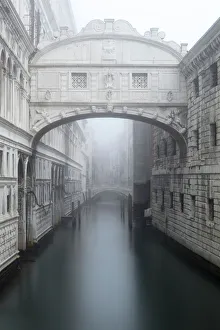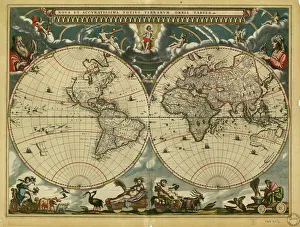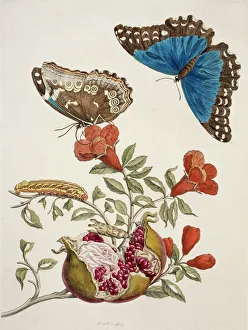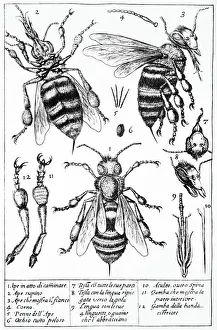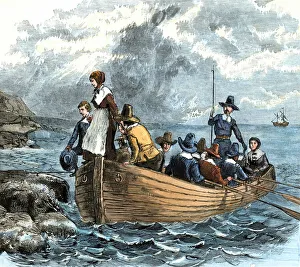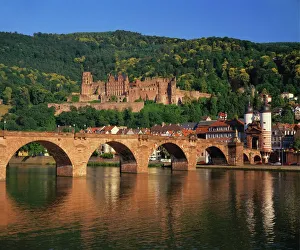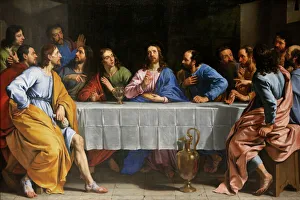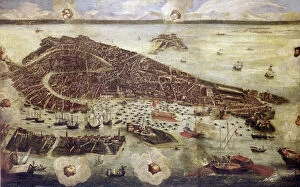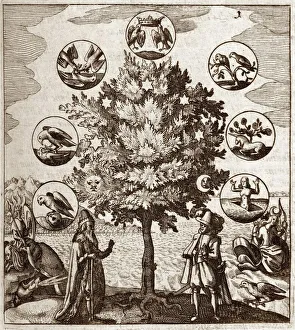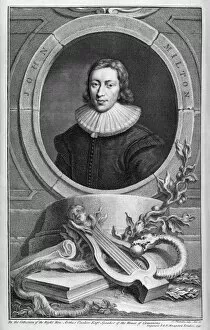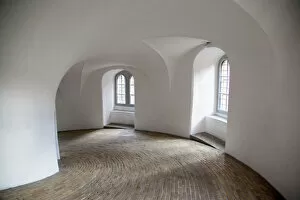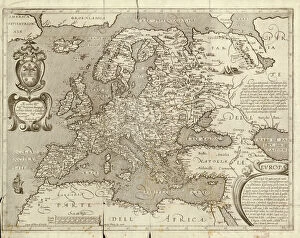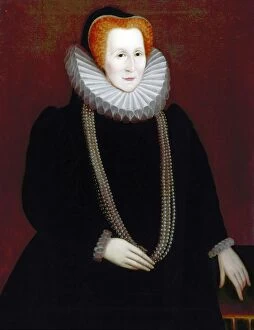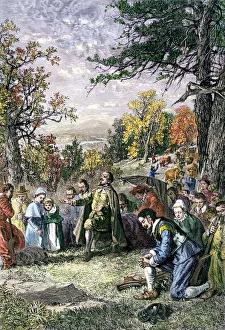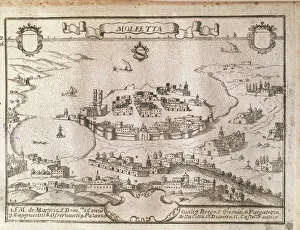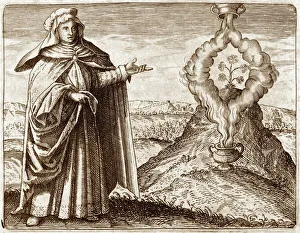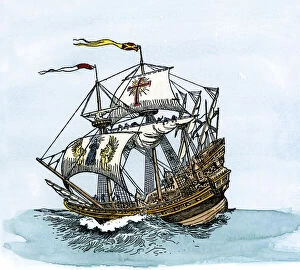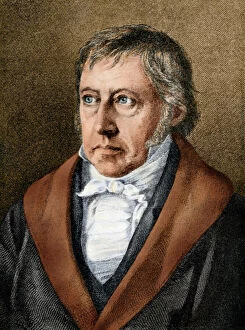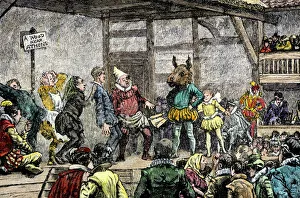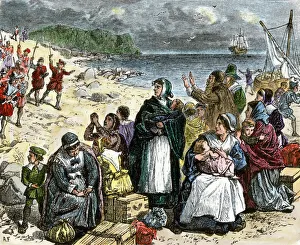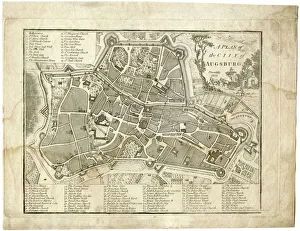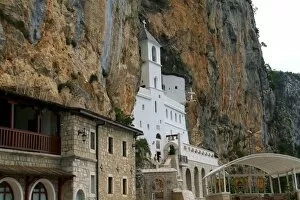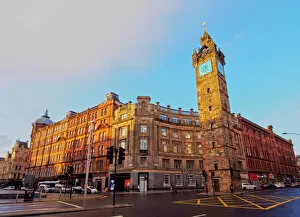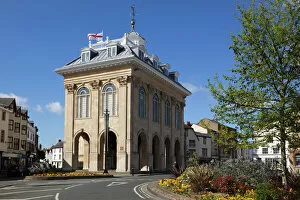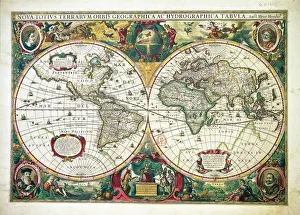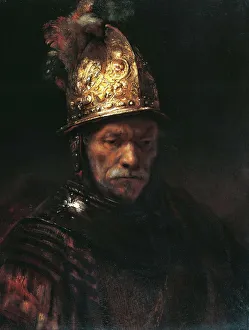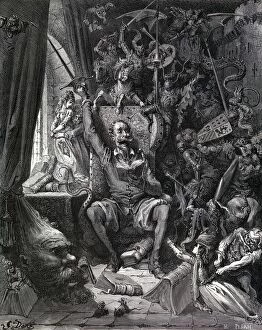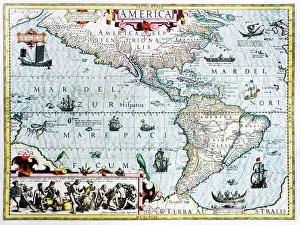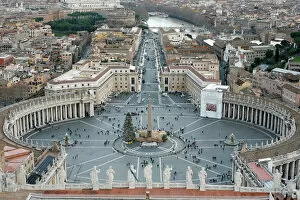17th Century Collection
Step back in time to the 17th century, a period filled with remarkable events and captivating figures
All Professionally Made to Order for Quick Shipping
Step back in time to the 17th century, a period filled with remarkable events and captivating figures. In this era, Sir Isaac Newton, the brilliant mind behind the laws of motion and gravity, was captured in a portrait that immortalized his youthful brilliance. Meanwhile, across the vast ocean, the Mayflower ship sailed through treacherous waters as it carried Pilgrims seeking religious freedom to an unknown land in 1620. Intriguingly eerie is the artwork depicting a plague doctor from this century - a haunting reminder of the devastating diseases that plagued communities during those times. The English Civil War unfolded with Oliver Cromwell leading his troops at Edgehill, forever etching his name into history. On another shore, brave souls stepped onto Plymouth Rock as they disembarked from the Mayflower in search of new beginnings. Hannah Duston's daring escape from Native American capture serves as a testament to human resilience and survival instincts. The Salem witch trials cast their dark shadow over Massachusetts Bay Colony as court records bear witness to testimonies that would forever stain history. Jan Siberechts' attributed view of Nottingham offers us a glimpse into what life looked like during this period. Across Europe, William of Orange fought valiantly at the Battle of Boyne in 1668 while Heidelberg Castle stood tall along Alte Brucke and River Neckar in Germany - architectural marvels that have stood against time itself. Delving into nature's wonders brings us "Insects of Surinam, " showcasing scientific curiosity prevalent during this era. Lastly, exploring maps allows us to navigate our way through an ever-expanding world - one depicted on intricate 17th-century world maps. The 17th century was truly an age where innovation met adversity; where exploration collided with superstition; where heroes rose amidst chaos. It remains etched within history books as an era teeming with tales waiting for curious minds to unravel.

